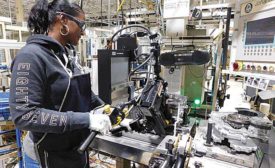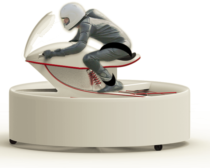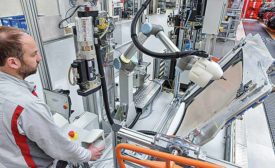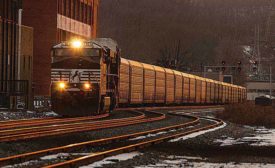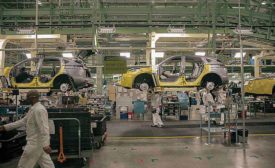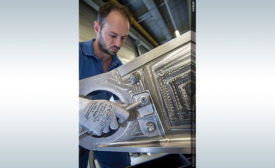Austin Weber
Austin has been senior editor for ASSEMBLY Magazine since September 1999. He has more than 21 years of b-to-b publishing experience and has written about a wide variety of manufacturing and engineering topics. Austin is a graduate of the University of Michigan.
ARTICLES
2018 Assembly Plant of the Year: Ford Shifts Flexible Assembly Into High Gear
The Van Dyke transmission plant excels at high-volume, high-mix production.
October 2, 2018
Collaborative Robot Do’s and Don’ts
Cobots are the hottest trend in factory automation
September 4, 2018
GE Stays on Track by Rebuilding Locomotives
Flexible assembly lines turn tired workhorses into modern machines
August 1, 2018
State of the Profession 2018: Smart Factories Demand Smarter Engineers
Staying ahead of the curve is more important than ever
July 9, 2018
Assembling 3D Printed Parts
Engineers don’t need to rethink traditional joining techniques
July 5, 2018
Never miss the latest news and trends driving the manufacturing industry
Stay in the know on the latest assembly trends.
JOIN TODAY!Copyright ©2024. All Rights Reserved BNP Media.
Design, CMS, Hosting & Web Development :: ePublishing


